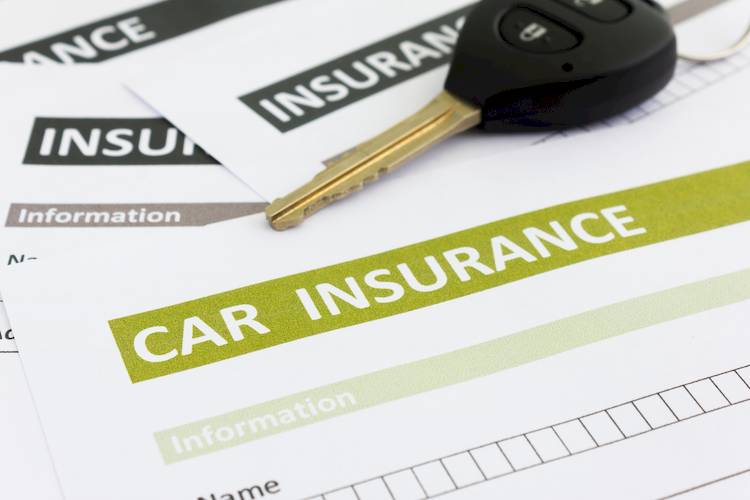

The state of Vermont requires that all drivers carry a minimum amount of liability insurance, or “financial responsibility,” in order to cover the costs associated with a car accident. This is required to legally register and operate a vehicle in Vermont.
The minimum financial responsibility requirements for Vermont drivers are as follow:
A minimum of $25,000 per person, for bodily injury or death. This means you’ll need to carry a minimum of $50,000 to cover the lowest possible number of people involved in an accident (the two drivers).
A minimum $10,000 for property damage liability
A minimum of $50,000 per person, for uninsured or under-insured motorist coverage. This means you’ll need to carry a minimum of $100,000 to cover the lowest possible number of people involved in an accident (the two drivers). This provides protection in the event that a driver is involved in an accident with another driver who does not carry the legally required insurance.
This means that the total minimum amount of financial responsibility you will need is $160,000 to cover bodily injury or death, uninsured or under-insured motorist coverage, and property damage liability.
Other types of insurance
Although the liability insurance listed above is all that is required of Vermont drivers, many drivers choose to carry other types of coverage, to cover more of the costs associated with an accident. These types include:
Collision coverage, which pays for damages done to your car in an accident.
Comprehensive coverage, which pays for damages sustained by your car due to non-accident conditions (such as inclement weather).
Medical payment coverage, which covers the costs related to medical bills after an accident.
Towing and labor coverage, which pays for the costs associated with the towing and necessary labor to get your car running again after an accident.
Rental reimbursement, which covers the costs associated with a necessary rental car after an accident.
Proof of insurance
The state of Vermont does not require that a proof of insurance be on file with the Department of Motor Vehicles. However, you will be required to show your insurance ID card to a police officer at a traffic stop, or at the scene of an accident.
Violation penalties
If you are caught without proof of insurance while driving, you will have to provide proof of insurance to the officer within 15 days. If you cannot do that, or you are caught driving without carrying the legally required insurance, you could face the following penalties:
Fines
Two points on your driving record
Mandatory filing of an SR-22 Proof of Financial Responsibility document. This document acts as an assurance to the government that you will carry the required liability insurance for a minimum of three years. This document is usually only required by those who have been convicted of reckless driving charges, such as a DUI.
For more information, or to renew your registration online, contact the Vermont Department of Motor Vehicles through their website.



